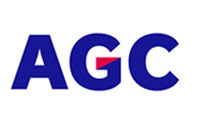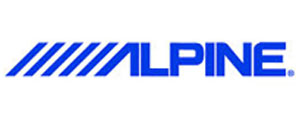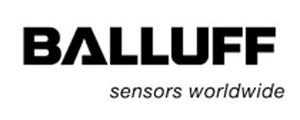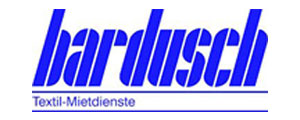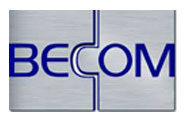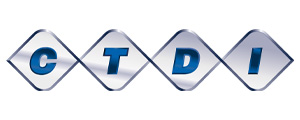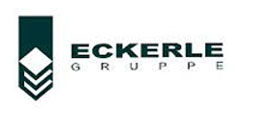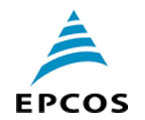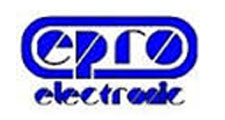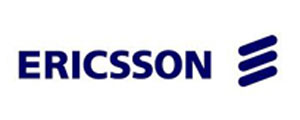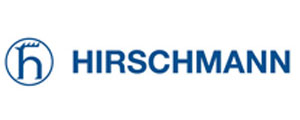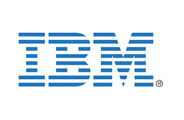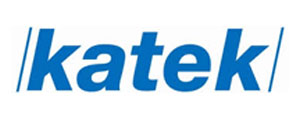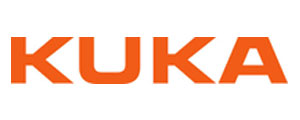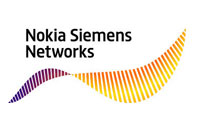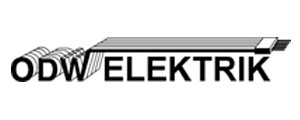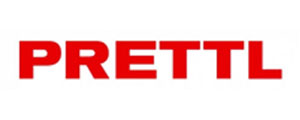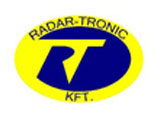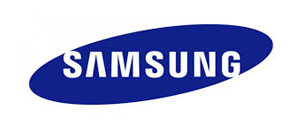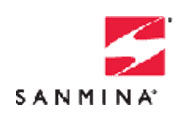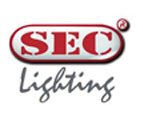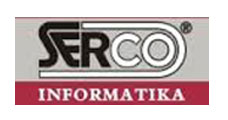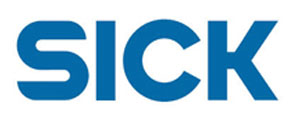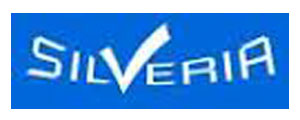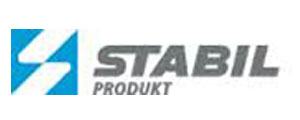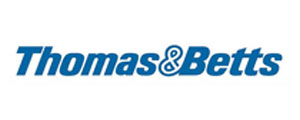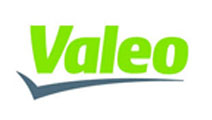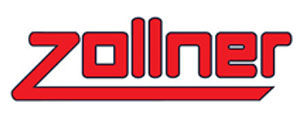Ergonomic Esd Cushion Grip Tweezers
MATERIAL TECHNICAL DATA SHEETS
ESD GRIPS & COATINGS
Engineering grip type DR
- NBR vulcanized nitrile rubber
- very soft and elastic, good tear resistance
- outstanding abrasion/wear resistance (improved lifetime)
- good chemical resistance (oils, grease, fuels, acid, detergents and soaps ); good hydrolytic resistance (hot water)
- electrically static dissipative, low surface resistivity (108 Ohm), ESD-safe material!
- typical applications include ESD-safe handles, floor and work surface mats
Engineering grip type DN
- PVC HAB
- very soft and elastic, good tear resistance
- very good abrasion/wear resistance (improved lifetime)
- good chemical resistance (oils, grease, fuels, acids, detergents and soaps, alcohols )
- electrically static dissipative, ESD-safe material!
- typical applications include ESD-safe handles, floor and work surface mats
Engineering coating type EP
- EP polyester epoxy coating comprise essentially polyester and epoxy resins
- Impact resistant surface with excellent flow; good elasticity
- Can operate continuously at temperatures up to 120°C.
- This coating provides an insulating coating with surface resistance > 1012 Ohm
- Good resistance to many diluted acids and alkalis. Contact with organic solvents is possible conditionally and for short term. Resistance should be investigated for the case in question
- Typical applications include tweezers handles (better grip, high comfort)
Engineering coating type NE
- NE polyester epoxy coating comprise essentially polyester and epoxy resins, plus the electrically conductive additives
- Impact resistant surface with excellent flow; good elasticity
- Can operate continuously at temperatures up to 120°C
- This coating provides a ESD Safe coating with surface resistance 105-106 Ohm
- Good resistance to many diluted acids and alkalis. Contact with organic solvents is possible conditionally and for short term. Resistance should be investigated for the case in question
- Typical applications include tweezers handles (better grip, high comfort) term. Resistance should be investigated for the case in question
- Typical applications include tweezers handles (better grip, high comfort)
Engineering coating type NP
- Pure nickel coating
- Generally used to improve the resistance of tools made of carbon steel. The coating is deposited by electroplating technique.
- Hard and elastic, very good resistance to mechanical stress
- Improved resistance to wear and abrasion.
- Superior corrosion resistance to saltwater, alkalies and organic acids
Engineering coating type TE
- TE is a solvent-based liquid Teflon® coating formulated withspecial blends of fluoropolymers and other highperformance resins to improve toughness and abrasion resistance
- Substances will permanently adhere to a Teflon® finish. Although tacky materials may show some adhesion, almost all substances release easily
- The coefficient of friction of this Teflon® coating is generally in the range of 0.20 to 0.25, depending on the load, sliding speed, and particular Teflon® coating used
- Since surfaces coated with Teflon® are both oleophobic and hydrophobic, they are not readily wetted. Cleanup is easier and more thorough - in many cases, surfaces are self-cleaning
- Can operate continuously at temperatures up to 150°C and can be used for intermittent service up to 200°C.
- Over a wide range of frequencies, Teflon® has high dielectric strength, low dissipation factor, and very high surface resistivity
- Many Teflon® industrial coatings withstand severe temperature extremes without loss of physical properties. Teflon® industrial coatings may be used at temperatures as low as -270°C/-454°F
- TE is normally unaffected by mild chemical environments. It has good resistance to diluted acids, diluted and concentrated alkalis and organic solvents
- Typical applications include tweezers for the handling of very scratch-sensitive components or wafers

 Magyar
Magyar English
English



